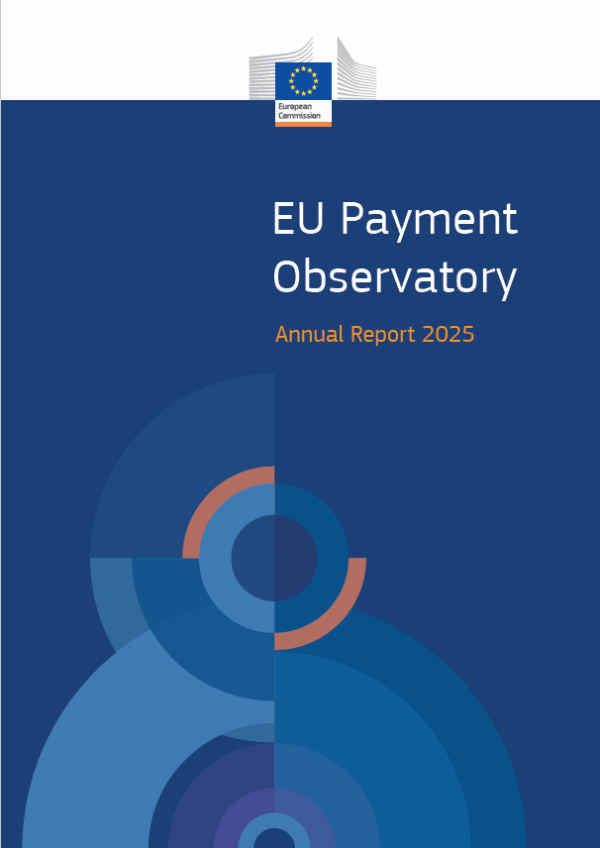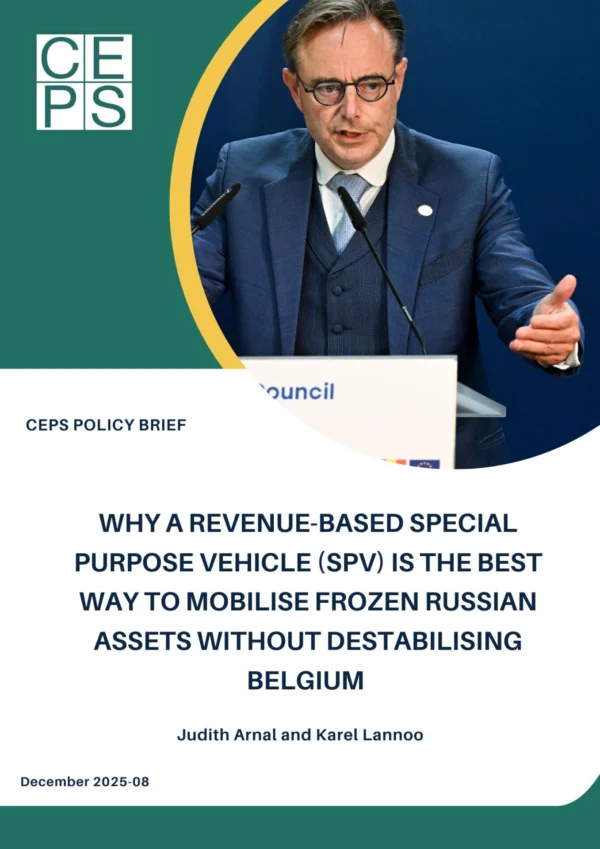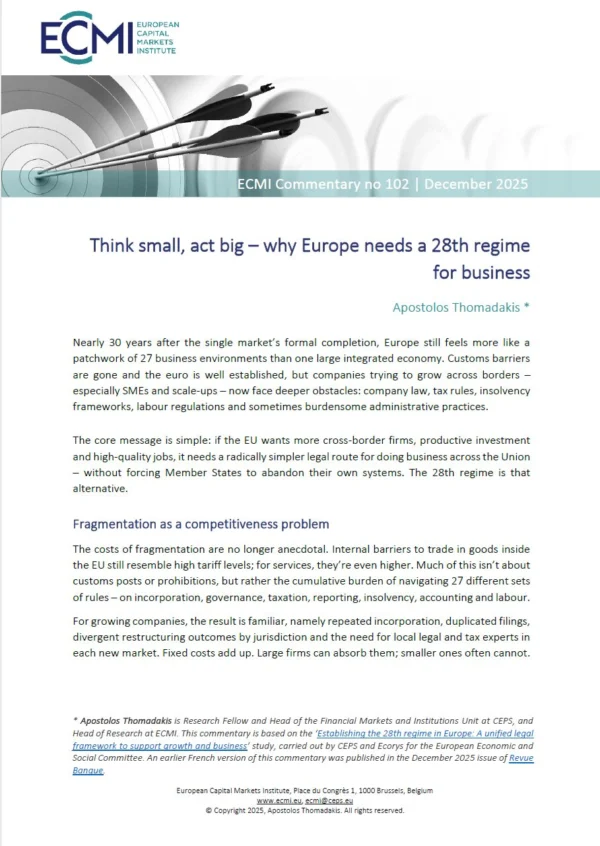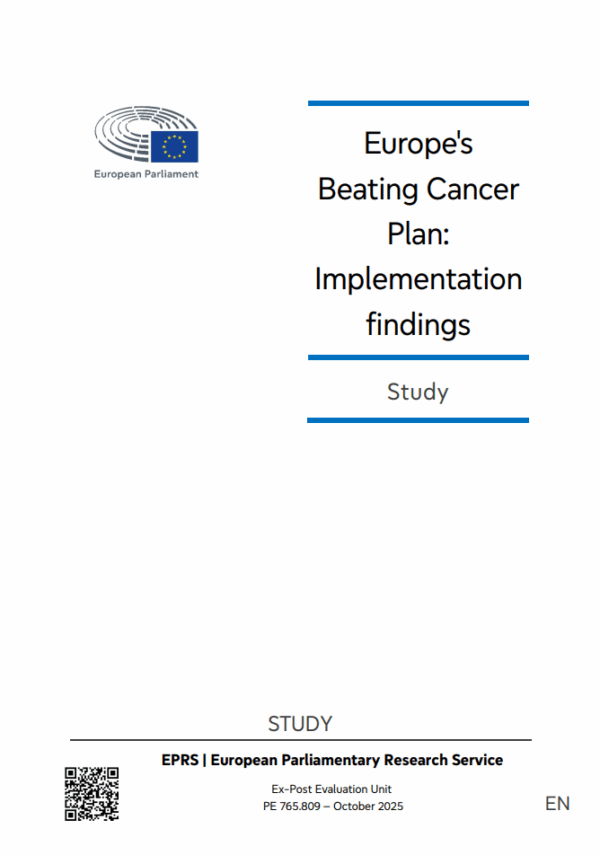Author: Paul De Grauwe, John Paulson Professor in European Political Economy at the London School of Economics and Political Science and Associate Senior Fellow at CEPS.
Series: CEPS Commentary
Since the start of 2015, the ECB has been applying quantitative easing (QE), i.e. a programme in which large amounts of money are injected in the economy. Every month the ECB buys €60 billion of government bonds and in so doing injects the same amount of money in the economy. To date, the total amount of liquidity injection approaches €700 billion. On 3 December 2015, the ECB announced that this programme would be continued until February 2017. As a result, the cumulative amount of bond purchases will then reach €1.56 trillion.
There can be little doubt that the massive injection of liquidity by the ECB since early last year has had a positive effect on exports. It has led to a depreciation of the euro vis-à-vis the major currencies (dollar, pound sterling) and boosted the competitiveness of eurozone exporters to the rest of the world.
At the same time, however, it is becoming increasingly clear that QE alone is insufficient to pull the eurozone economies out of their lethargic growth. In fact, in the second quarter of 2015, growth slowed down again. There is a fear that in the next few years economic growth will remain subdued, despite the past and future injections of liquidity (money base) in the system.
None of this should come as a surprise. Economists have warned for a long time that when interest rates are close to zero, quantitative easing alone will not be able to stimulate the economy. The reason is that when the interest rates are close to zero, the liquidity that the central bank is creating is not easily filtered into the real economy. Most of it is hoarded because the opportunities to find attractive rates of return are limited. Many financial institutions then prefer to accumulate the extra liquidity created by the ECB without doing much productively with it. This is the well-known liquidity trap.
Some economists have argued that a direct injection of money base into the economy (‘helicopter money’) would do the trick of stimulating aggregate demand and boost economic growth (see e.g. Muellbauer, 2014). At first sight this sounds attractive. Can’t we bypass the financial sector, which is caught in a liquidity trap, and bring the money directly to the consumers? I have my doubts. If the financial sector is mired in a liquidity trap, chances are that the consumers also are. In other words, it is equally likely that consumers who are not confident in the future will also decide to hoard (save) the cash and only spend small amounts of it.
Thus, while QE was and is necessary, it is insufficient. It has to be seconded by fiscal policies, which is where the real problem resides in the eurozone. Fiscal policies are not helpful. First, too many countries continue to be kept in the austerity straightjacket. Second, and most importantly, public investment continues to decline as a percent of GDP, and it is precisely public investment that is key to the recovery in the eurozone.
There are two reasons why public investment is central for promoting economic growth. First, the private sector, which lacks confidence in the future, is still very risk-averse and is failing to invest enough. The way to deal with this is for the public authorities to show the way by kick-starting public investments. This will increase economic growth and create more confidence in the future, which will stimulate private investment.
Second, public investment is needed to achieve long-term objectives of a green economy. The latter requires investment in alternative energy sources and in public transportation.
Unfortunately, public investment is discouraged by a rule that the members of the eurozone have imposed on themselves, i.e. that public investment cannot be financed by bond issue. It has to be financed by current tax revenues. This constraint prevents public investment from taking off, from sustaining the recovery and from developing a green economy.
It is often argued that public authorities should not increase their debt; on the contrary that they should reduce it. Some countries of the eurozone periphery undoubtedly have limited capacity to add to public debt,[1] but other countries, like Germany, France, Belgium and the Netherlands, surely can. The governments of these countries today can borrow at very long maturities almost for free. There are certainly many investment projects that have a rate of return of more than 0%.
A government that issues bonds at close to 0% and channels the money into projects that will have rates of return by far exceeding 0% promotes economic growth and makes the future repayment of the debt easier. This was also stressed by the IMF in its World Economic Outlook of 2014, where it concluded that “debt-financed projects could have large output effects without increasing the debt-to-GDP ratio, if clearly identified infrastructure needs are met through efficient investment” (IMF, 2014).
Put differently, what matters is not gross debt, but net debt of governments. Debt issue that makes it possible to invest in assets with a much higher rate of return than the cost of borrowing (now close to 0%) will reduce net debt in the future. Unfortunately, eurozone countries, pushed by European policy-makers, continue to be mesmerised by gross debt numbers and as a result fail to do the obvious.
European authorities have put great emphasis on structural reforms to boost long-term economic growth. Econometric analysis of the relation between long-term growth and structural reforms (see IMF, 2015 and De Grauwe & Ji, 2015) suggests that these reforms have a weak effect on growth. These same studies, however, reveal that public and private investments are far more important to boost economic growth. Yet, by imposing a balanced budget on its member countries, thereby outlawing the financing of public investment by the issue of bonds, the European authorities discourage public investment in the eurozone. They do this even at a time when the financial conditions to borrow have never been so favourable.
Since 2008, the average yearly growth of GDP in the eurozone has been zero. This is not the case in the EU countries outside the eurozone as is shown in the figure below. The contrast between the EU countries not in the eurozone (EU-10) and the eurozone is stark: the former group of countries that decided not to be in the eurozone has managed to recover from the recession of 2008-09, whereas the eurozone has stagnated since 2008. This dismal performance in the eurozone is entirely home-made and the result of fiscal rules that lack intelligence.

It is often said that governments today cannot issue more debt because this would place a burden on our grandchildren. The truth is that our grandchildren will ask us why we did not invest in alternative energy and public transportation, and thereby made their lives miserable, when we faced historically favourable financial conditions to do so.
References
De Grauwe, Paul and Ji, Yuemei (2015), “Crisis Management and Economic Growth in the Eurozone”, paper prepared for the conference on Economic Growth in Europe at the Bank of Portugal, Lisbon, May.
Gros, Daniel (2014), “Investment as the key to recovery in the euro area?”, CEPS Policy Brief No. 326, CEPS, Brussels, 18 November.
IMF (2014), “Is it time for an infrastructure push? The Macroeconomic Effects of Public Investment, World Economic Outlook, Chapter 3, October, pp. 76-114.
IMF (2015), World Economic Outlook, Chapter 3, Box 3.5 on The Effects of Structural Reforms on Total Factor Productivity, pp. 104-107.
Muellbauer, John (2014), “Combating deflation in the Eurozone: QE for the people”, VoxEU (http://www.voxeu.org/article/combatting-eurozone-deflation-qe-people).
[1] Some of these countries may also lack the appropriate governance to ensure that public investments raise productivity (see Gros, 2014 and IMF, 2015, on this).












